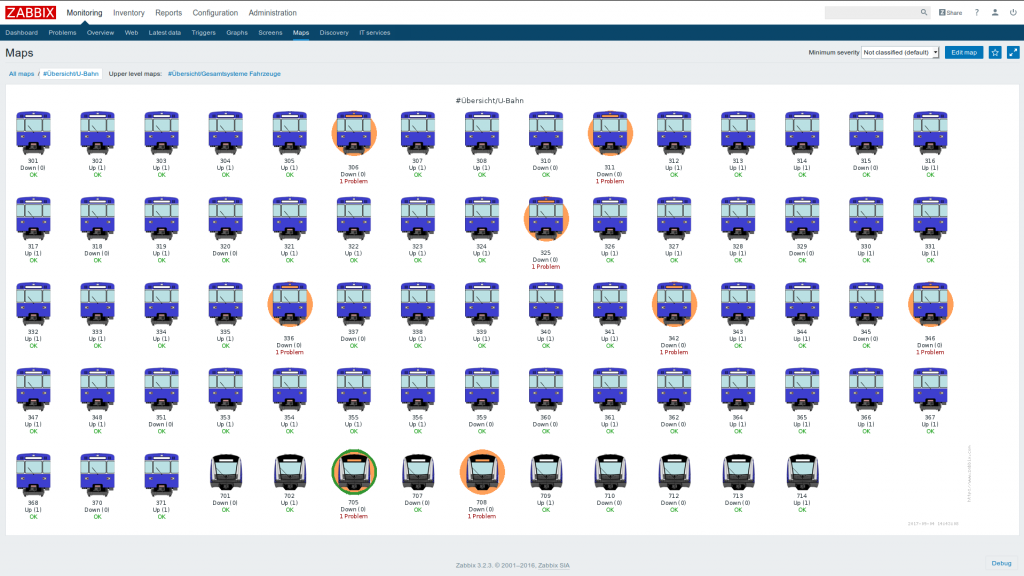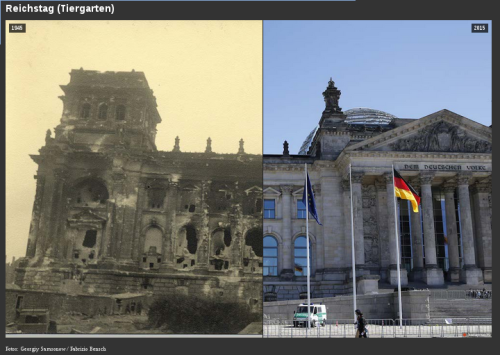Tag: Germany
Zabbix in the Munich subway

Zabbix blog shares a very inspiring post “Zabbix in the subway. Munich Transport Corporation Case Study“, which shows how Zabbix is used for the monitoring of the trains and trams in Munich. Here are some implementation details to get you started:
Currently, there are 3796 devices monitored by the Zabbix server, which in turn houses the MySQL database and the web front-end. This server is operated virtually with 8 CPU’s and 32GB RAM supported by SAS storage system. 105818 items are queried by the Zabbix server from those devices, where 23820 triggers detect whether certain items deviate from their target state. This results in 298.48 NVPS with an average of approx. 7 people (actively) using the system concurrently. General overview:
* Each device inside a tram/subway is treated as a host and is monitored for availability.
* Each tram/subway is managed as a host group.
* Host groups are nested and organized by the tram/subway lines (using the host group nesting feature introduced in Zabbix 3.2).
* All devices depend on the connectivity of the MRCU (Mobile Radio Control Unit in subways) or LTE router (LTE G4 Connectivity in trams)
* Maps are automatically created for each tram/subway (using the Zabbix API).
* Maps use sub-maps to link to a specific tram/subway view.
There’s also a video from the Zabbix conference, presenting the case study.
New beer mug. Bavarian gods have forgiven me
Berlin in 1945 and today
In additional to the video I posted yesterday, here are some comparison images of Berlin in 1945 and today, in 2015.
And this is just a single city from the World War II. I’m pretty sure most of Europe and half of Russia looked like that. And these are cities, which survived. Think of hundreds or thousands of villages that were completely erased from the face of the earth. Think of tens of millions of people who perished. All that was just 70 years ago. And it looks likes we haven’t learned or remembered our lessons. It’s 2015 and the world is still at war.
“It’s different now”, you might say. But I’ll argue. People die the same. And places are destroyed the same. Just have a look at some of the images from Korea, Vietnam, Afghanistan, Iraq, Yugoslavia, Syria, Egypt … the list of countries grows every year.
Berlin in July 1945
My great-grandfather was there. My grandfather was there. My mother was there. And last year I was there. Standing in front of the Reichstag building was very moving and emotional. As was visiting war memorials.
This colored footage of Berlin just three month after the World War II has ended is amazing. The areal shots at the end of the video of the destroyed city are mind blowing. Look at all the people involved in restoration. Look at all the military presence.
Found over at kottke.

